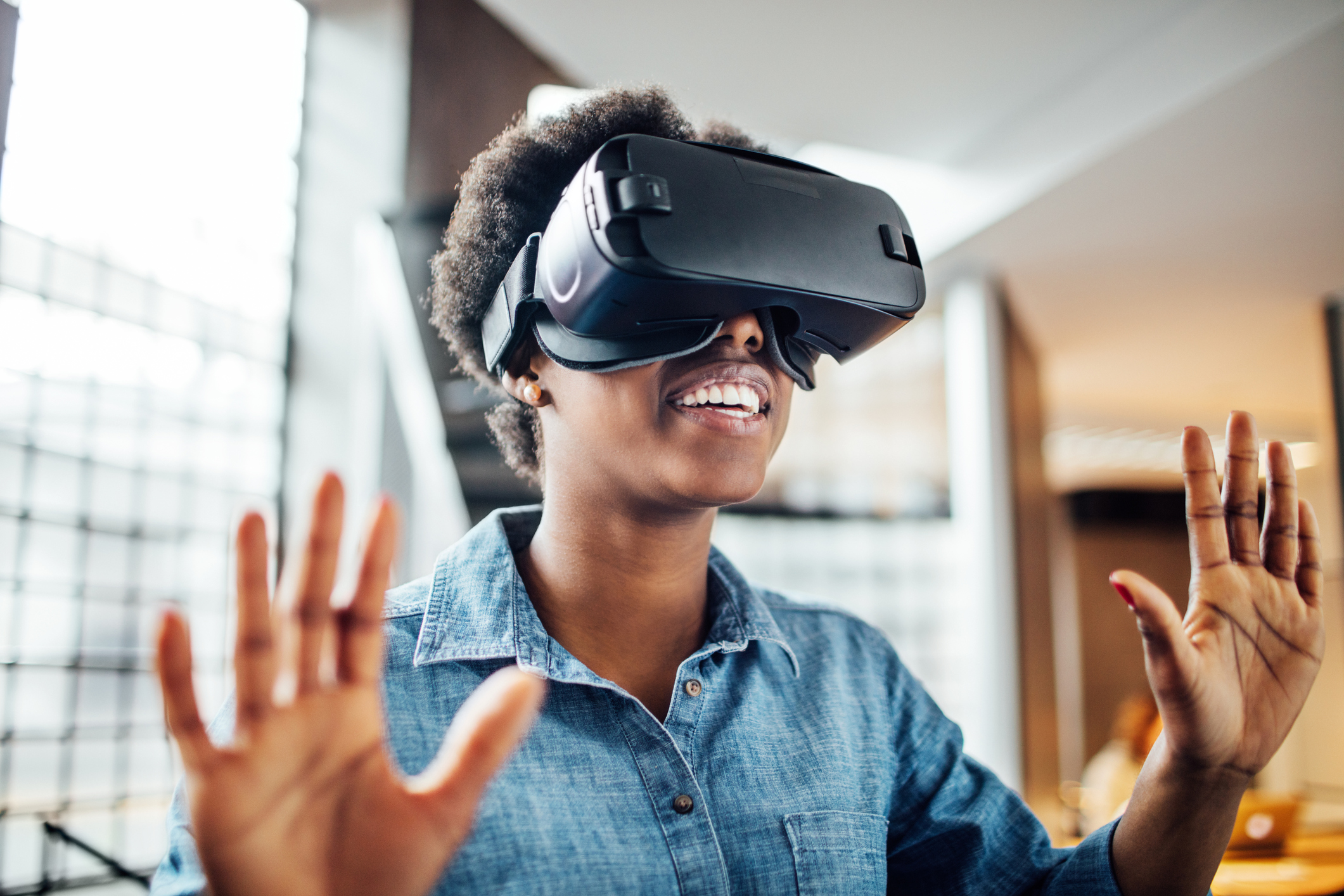
The St. Joseph’s Children’s Hospital in Tampa is using VR technology from flight simulations to create virtual models of a patient’s anatomy. These 360-degree models are generated using CT and MRI images and provide pediatric surgeons with a detailed planning tool.
The hospital is using the Surgical Theater Precision Virtual Reality technology to create these patient models, the same VR technology is utilized in F-16 fighter aircraft simulations. This VR is currently being used in the hospital’s neurology and cardiac surgery programs. Surgical Theater’s VR was recently used at the UCSF Benioff Children’s Hospitals to create similar patient models for neurosurgery as well.
Using these simulations, the surgeon is able to move through the patient’s organs in a VR model to identify medical concerns and view them from all angles. Not only does this familiarize them with the patient’s specific anatomy, but it allows them to test different surgical approaches as well. This allows the doctor to take their time in finding the optimal approach when pre-planning.
READ MORE: Janssen Uses VR to Train Nurses in Giving First Cancer Treatment
“The immersive technology provides our pediatric heart and brain surgeons with a never-before view of the anatomy and pathology of their patients’ complex conditions,” explained Sarah Naumowich, president of St. Joseph’s Children’s Hospital. “With this cutting-edge digital tool, our surgeons have an unprecedented way to plan and strategize the best route for surgery.”
Patients can also benefit from this technology, as it provides an educational tool for them. Using the VR headset, the patient can explore their pathology to gain a better understanding of their condition and the planned operation. Physicians can discuss treatment options and associated risks with patients in an unprecedented manner with these VR reconstructions.
“Being able to see what the doctor sees provides our patients and their families with a better understanding of the diagnosis, which helps alleviate some of the stress and anxiety that comes with preparing for brain or heart surgery,” noted Naumowich.
These models can be viewed either through the VR goggles or through a wall-mounted viewer, the latter allowing the patient and physician to view simultaneously. With the VR model, the user manipulates remote controls to maneuver through the patient’s anatomy to view it from every angle. This allows the physician, child, and parents to have a comprehensive view of the pathology being addressed and a visualization of treatment options.
About St. Joseph’s Children’s Hospital
St. Joseph’s Children’s Hospital is a leader in pediatric heart and cancer care in the southeast. The organization has 80 pediatric specialists representing 25 different disciplines and offers a full-service medical center that includes the 24-hour Steinbrenner Emergency/Trauma Center for Children. St. Joseph’s Children’s Hospital treats more children than any other hospital in Tampa Bay, and takes pride in their specialized in-patient and outpatient pediatric care.
https://t.co/niVsx7Q2VA
With virtual reality headsets, surgeons are able to guide a patient through a 360-degree model @cyberanimax— BotCyberAniMax (@cyberanimax) June 11, 2019
READ MORE: The WAYBACK Project: VR Helping People with Alzheimer’s







 © 2025 Mashup Media, LLC, a Formedics Property. All Rights Reserved.
© 2025 Mashup Media, LLC, a Formedics Property. All Rights Reserved.